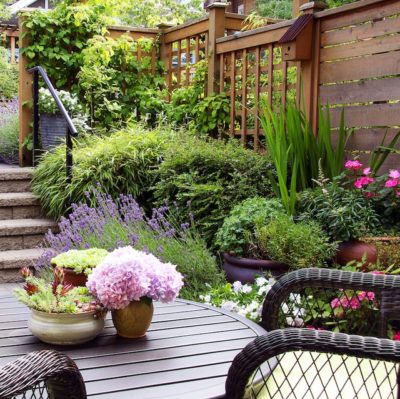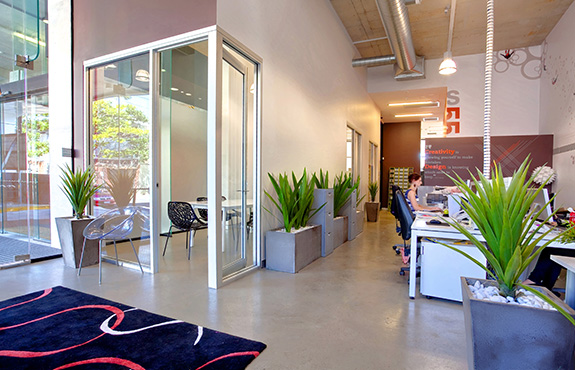Living in an urban area with not much space for planting? Don’t have a big enough yard for a garden? No problem. Go for container gardening. If you don’t know much about container gardening, we’ve got you covered.
Why Do Container Gardening?
Container Gardening is Ideal for Areas with Little Space for Planting
If you don’t have a lot of space, container gardening can make planting possible. You’ll probably encounter this problem if you live in a city where everything is congested. Even if you only have a small apartment, container gardening can allow for planting in whatever small space you have. You can plant inside or outside your living space and workplace.
Container Gardening is Ideal for Planting in Areas with No Soil
If you want to add plants in an area filled with concrete paving, your only option is to use plant containers. Even the densest concrete jungles can become a green sanctuary if you do container gardening.
Container Gardening is Ideal for Planting Indoors
Apart from aerial and aquatic plants, your only other option for planting indoors is container gardening. Whether you want to add some succulents in your home office or want tall planters in your living room, container gardening will get the job done.
What Kinds of Planters Should I Use?
Planters come in various shapes and sizes. But more importantly, the material that the planters are made of will be critical to your design.
Fiberglass Planters
Fiberglass planters contain a combination of resins and fibers. This combination creates durable and lightweight planters. Fiberglass planters will last for a long time. They are suitable for most commercial and residential spaces. They are mostly recommended for contemporary designs but can match other themes depending on their paint finish.
Wood Planters
Wood containers are great for rustic designs. Plants look gorgeous when placed on stylish wooden containers. Different types of wood can be used for wooden planters. The most common ones are teak and cedar. While wood containers look good, they require special care. Wood will rot if not maintained properly especially if they get wet from watering. Manufacturers line the insides of the wooden planters with plastic material to prevent wood decay.
Concrete Planters
Concrete planters are long-lasting and durable. However, do note that some low-quality concrete planters may become brittle over time. It is best to choose a concrete planter that has been reinforced with some other material. GRC (glass-reinforced concrete) planters are lightweight yet durable. GRC planters have been reinforced so they are more durable than your regular concrete planters.
Smooth Concrete Rectangular Planter
If you are going for a concrete planter, we recommend choosing GRC planters for its superior quality. They are great for streetscaping and projects for commercial and residential areas.
Metal Planters
Metal planters look great but come with many downsides. It can overheat fast and this can put stress on your plants. This excessive heat can damage plant roots. Metal planters also cause the soil to dry out faster which can be aggravated during the hot summer months.
Brass Metal Planters
Another downside to metal planters is that they are not weatherproof. When exposed to moisture, it will rust and corrode. They can be recommended for indoor use so it is not exposed to direct sun and rain. Metal planers are recommended for contemporary designs.
Natural Stone Planters
Natural stone planters range from slate, granite, or other kinds of stones. These planters are inherently durable but can be quite heavy. Stone planters are also weatherproof. They require little maintenance even when left outdoors. This makes natural stone planters appropriate for residential and commercial outdoor spaces. Even high foot traffic areas can make good use of stone planters. They are suitable for rustic designs.
Fiberstone planters
Fiberstone planters are versatile. This planter is a mixture of stone powder and fiberglass. Compared to natural stone planters, fiberstone planters are more lightweight but just as durable. It can have a rough sand texture. It is suitable for both indoor and outdoor landscaping projects.
The next step is to choose the plants for your container garden.
Continue reading about this article here:


Comments
Post a Comment